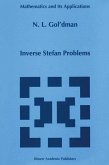
Broschiertes Buch
Softcover reprint of the original 1st ed. 1997
14. Oktober 2012
Springer / Springer Netherlands
978-94-010-6309-8
| Gebundenes Buch | 60,99 € | |
| eBook, PDF | 40,95 € |

eBook, PDF
17. April 2013
Springer Netherlands
| Broschiertes Buch | 38,99 € | |
| Gebundenes Buch | 39,99 € |
Ähnliche Artikel
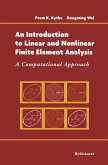
Broschiertes Buch
A Computational Approach
Softcover reprint of the original 1st ed. 2004
13. Juli 2013
Birkhäuser / Birkhäuser Boston / Springer, Basel
978-1-4612-6466-8
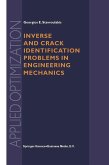
Broschiertes Buch
Softcover reprint of the original 1st ed. 2001
11. Dezember 2013
Springer / Springer US / Springer, Berlin
978-1-4613-4888-7

Broschiertes Buch
Softcover reprint of the original 1st ed. 1993
26. Oktober 2012
Springer / Springer Netherlands
978-94-010-4896-5
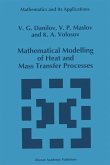
Broschiertes Buch
Softcover reprint of the original 1st ed. 1995
23. Oktober 2012
Springer / Springer Netherlands
978-94-010-4183-6
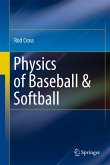
Broschiertes Buch
2011
28. September 2014
Springer / Springer New York / Springer, Berlin
978-1-4899-9985-6

Gebundenes Buch
Sobolev Type Inequalities
2009 edition
21. November 2008
Springer / Springer New York / Springer, Berlin
12123445,978-0-387-85647-6

Gebundenes Buch
Applications in Mathematical Physics
2009 edition
21. November 2008
Springer / Springer New York / Springer, Berlin
12171668,978-0-387-85651-3

Broschiertes Buch
2011
1. August 2013
Springer / Springer New York / Springer, Berlin
978-1-4614-2900-5
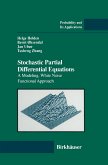
Broschiertes Buch
A Modeling, White Noise Functional Approach
Softcover reprint of the original 1st ed. 1996
16. Juni 2012
Birkhäuser / Birkhäuser Boston / Springer, Basel
978-1-4684-9217-0
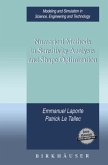
Broschiertes Buch
2003
19. April 2013
Birkhäuser / Birkhäuser Boston / Springer, Basel
978-1-4612-6598-6
Ähnlichkeitssuche: Fact®Finder von OMIKRON
